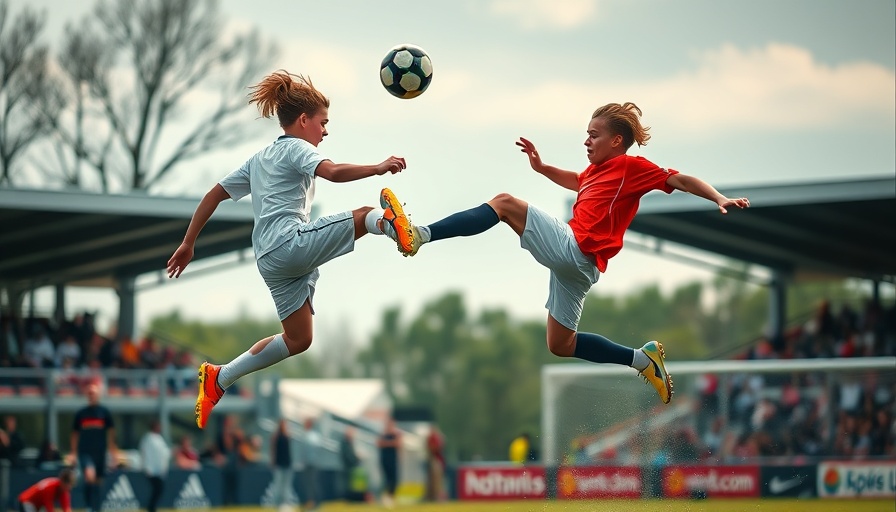
Understanding the Impact of Heading in Soccer on Brain Health
Amateur soccer players often pride themselves on their skills, but a recent study has raised questions about the long-term effects of heading the ball on brain health. Conducted by researchers from Columbia University and published in Neurology, the study highlights a troubling association between repetitive head impacts and structural changes in the brain. These changes could potentially offset the cognitive benefits of engaging in sports.
The Research Findings: Key Insights
The study examined 352 amateur soccer players and 77 non-collision sport athletes to explore how heading the ball affects brain structure. Players were categorized into groups based on their heading frequency, with the highest group averaging a staggering 3,152 headers annually compared to just 105 in the lowest group. Brain scans revealed significant alterations in the juxtacortical white matter layer adjacent to the cerebral cortex, correlating frequent headers with disorganized water movement, which is indicative of microstructural disruption.
Connections to Cognitive Function
What’s alarming is that these physical changes in the brain were linked to poorer performance on cognitive tests that assessed memory and thinking abilities. Participants with increased heading frequency demonstrated significant cognitive decline, suggesting a potential risk that could accompany the joys of playing soccer. Dr. Michael Lipton, the study's lead author, emphasizes the need for additional research to better understand how repeated trauma affects brain health and cognitive longevity.
The Bigger Picture: Sports and Brain Health
While sports participation is traditionally viewed as beneficial for physical and mental health, this study injects a note of caution, particularly regarding contact sports. The findings suggest that the heads-up-the-ball culture in amateur soccer may cause subtle yet detectable changes in brain structure, echoing concerns raised in similar research on concussions in professional leagues. Such insights underscore a growing need for educational programs and regulations surrounding safe playing practices.
Responses and Reactions from the Sports Community
This critical study has sparked a conversation within athletic communities about safety protocols. Alois Dempsey, a coach with over two decades of experience, states, "Ensuring players are aware of the potential risks should be our top priority. We cannot disregard the long-term health impacts associated with such beloved sports." As athletes and coaches alike grapple with these findings, discussions about modifying heading rules in youth leagues are becoming increasingly prevalent.
Looking Towards the Future: Potential Directions for Research
The implications of this study are far-reaching. Experts advocate for further detailed studies focused not only on amateur athletes but also on younger players. Moreover, integrating preventative measures such as monitoring heading frequency and promoting non-contact drills could play a pivotal role in safeguarding brain health. Understanding the balance between sport participation and the well-being of athletes is essential, as emerging knowledge continues to shape how sports are practiced.
What Athletes Can Do
For amateur soccer players wishing to maintain optimal health while still enjoying the benefits of the sport, it is crucial to remain informed. Strategies could involve limiting the number of headers practiced in training, utilizing protective headgear during play, and scheduling regular cognitive assessments. Engaging in cross-training with non-impact sports can help balance a sporting lifestyle with brain safety.
Final Thoughts: Striking a Balance between Sport and Safety
The relationship between amateur soccer, heading, and brain health presents significant questions. While the joy of the game is irreplaceable, prioritizing health remains paramount. Awareness and adaptation to these findings could pave the way for safer practices in amateur sports.
For players over the age of 25, this is a critical juncture to reflect on your role in fostering a safe sporting environment.
 Add Element
Add Element  Add Row
Add Row 




Write A Comment